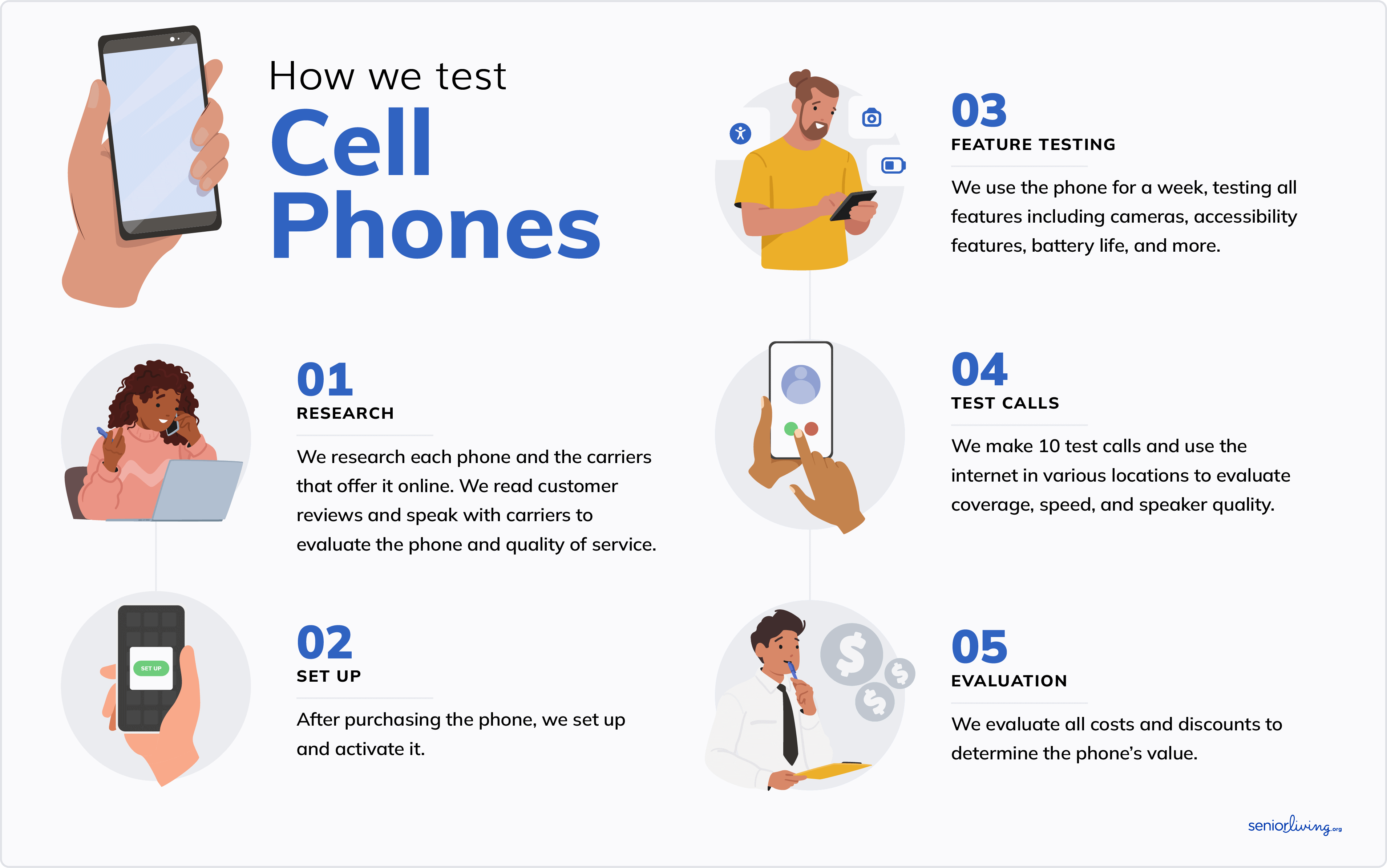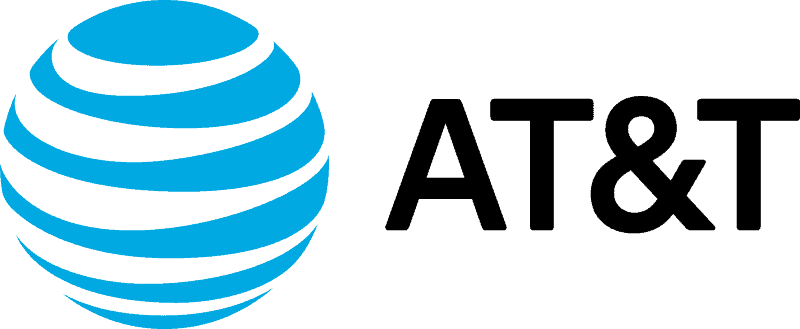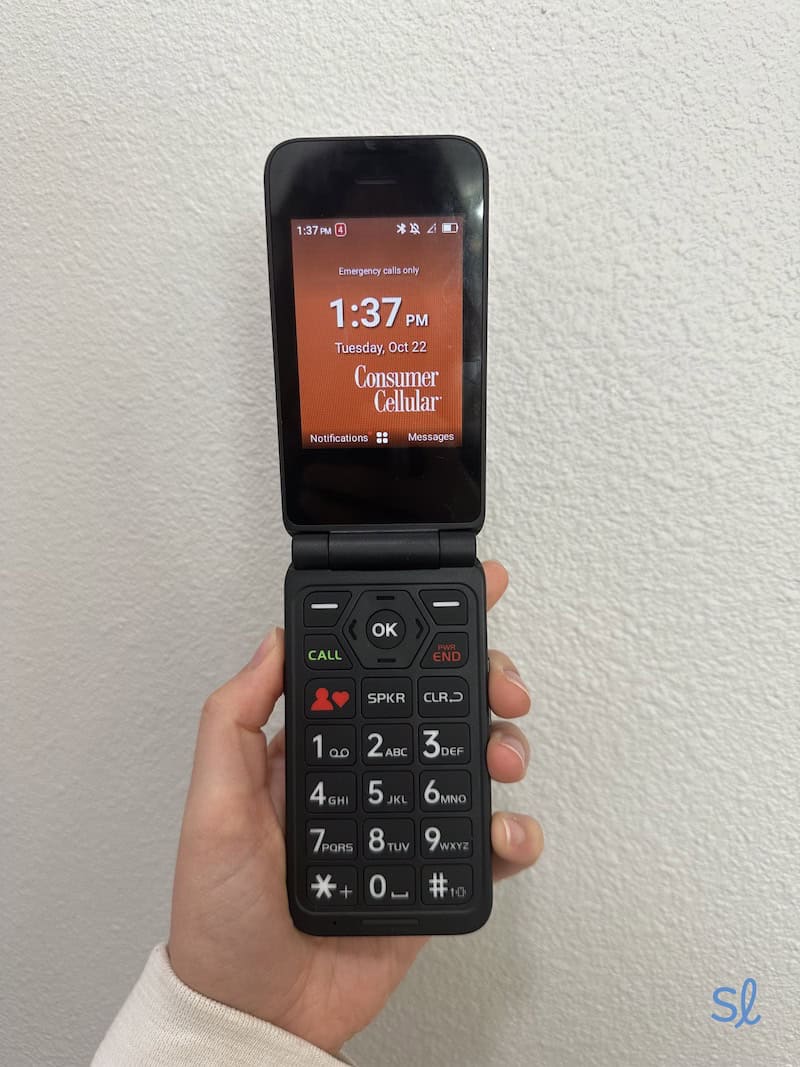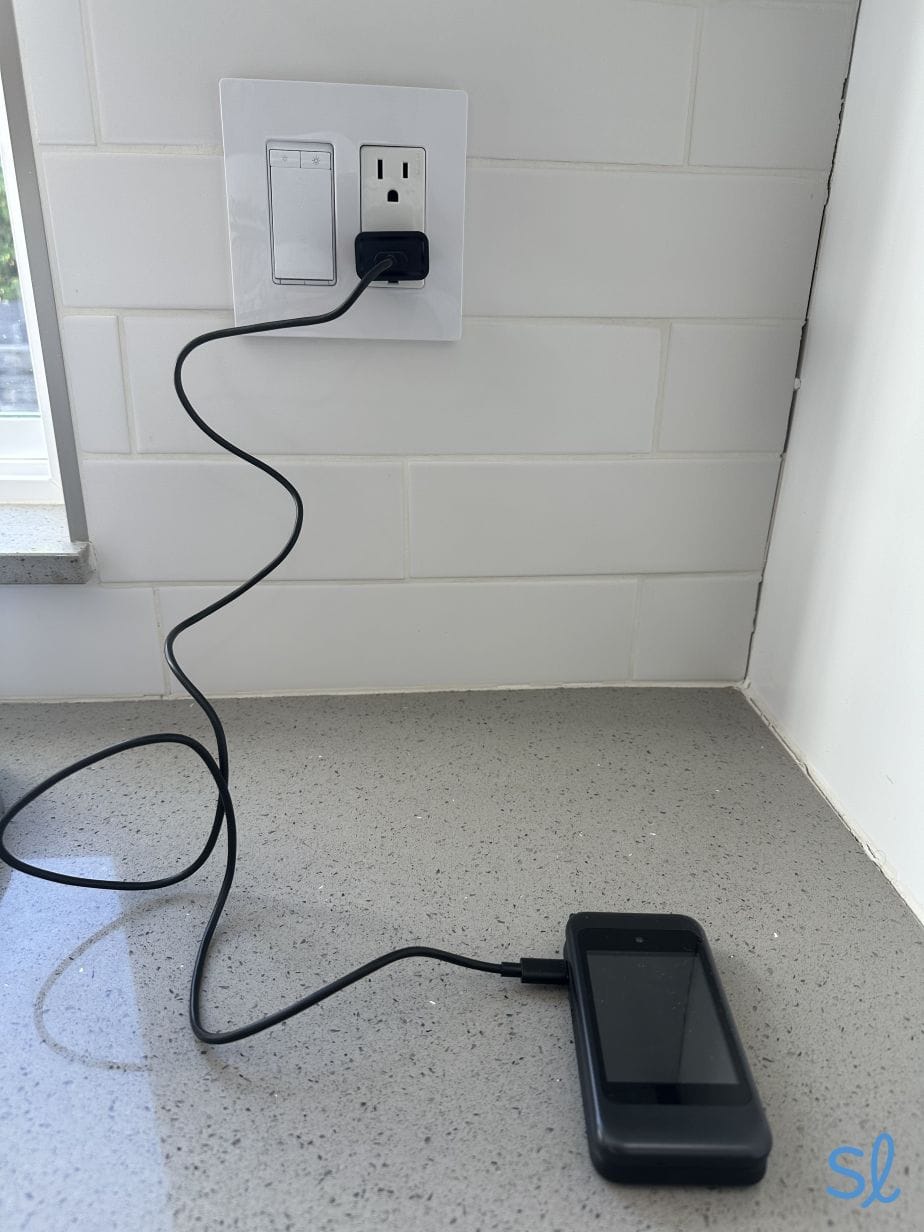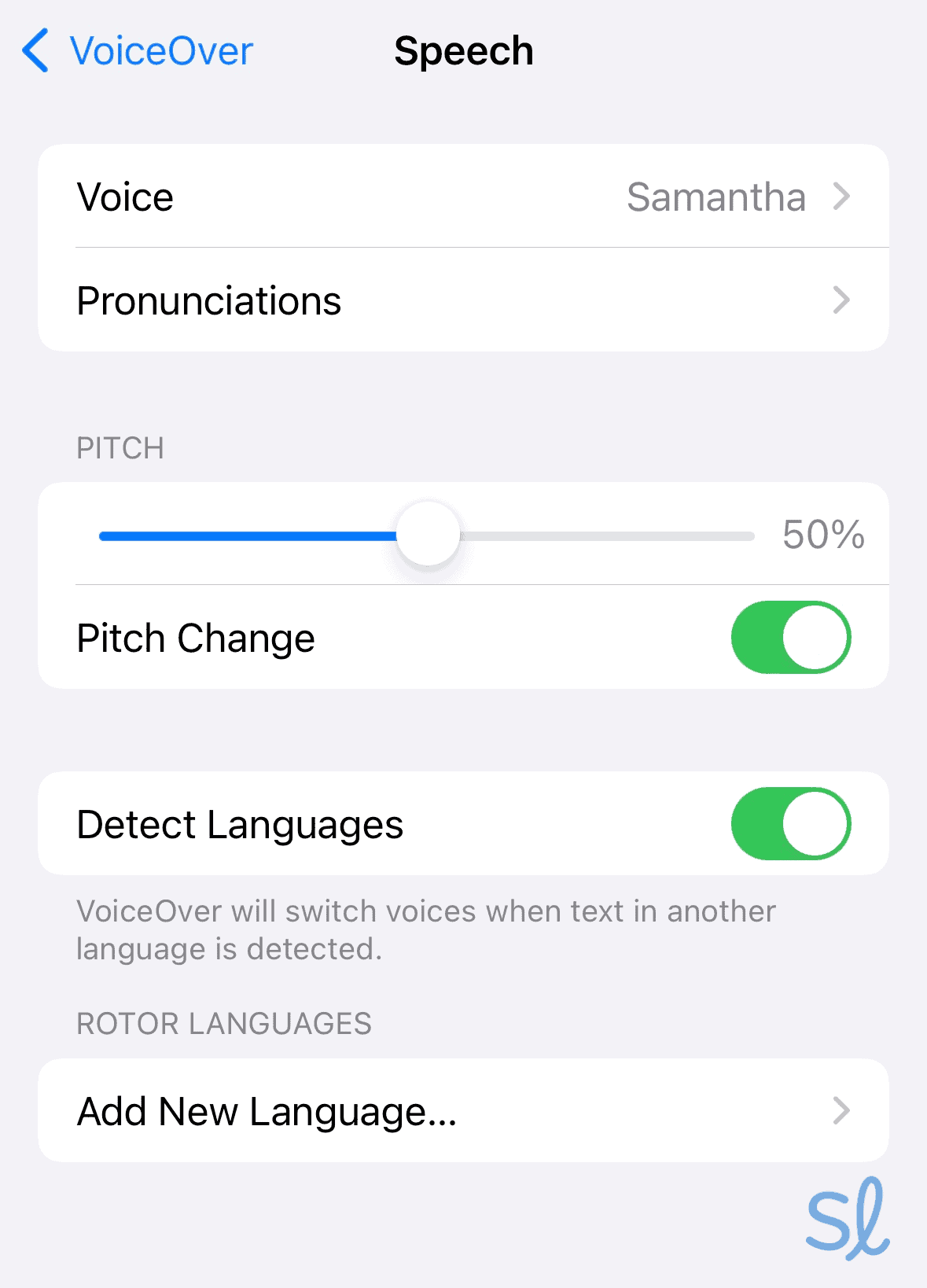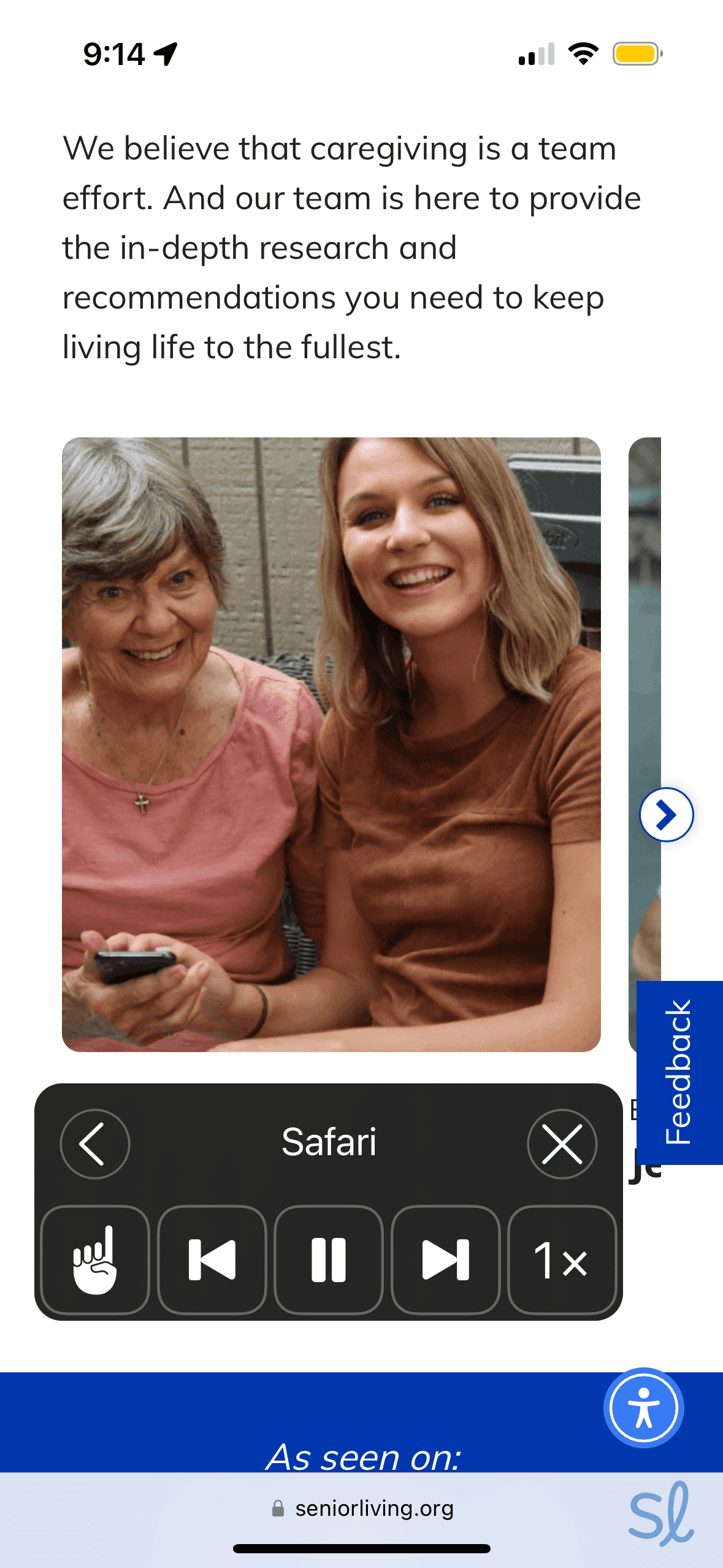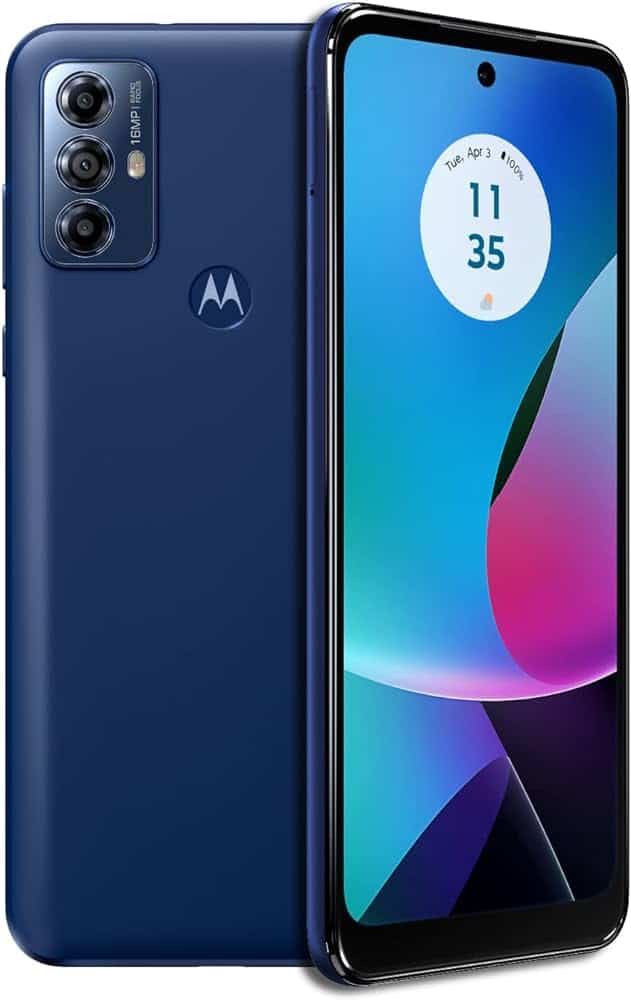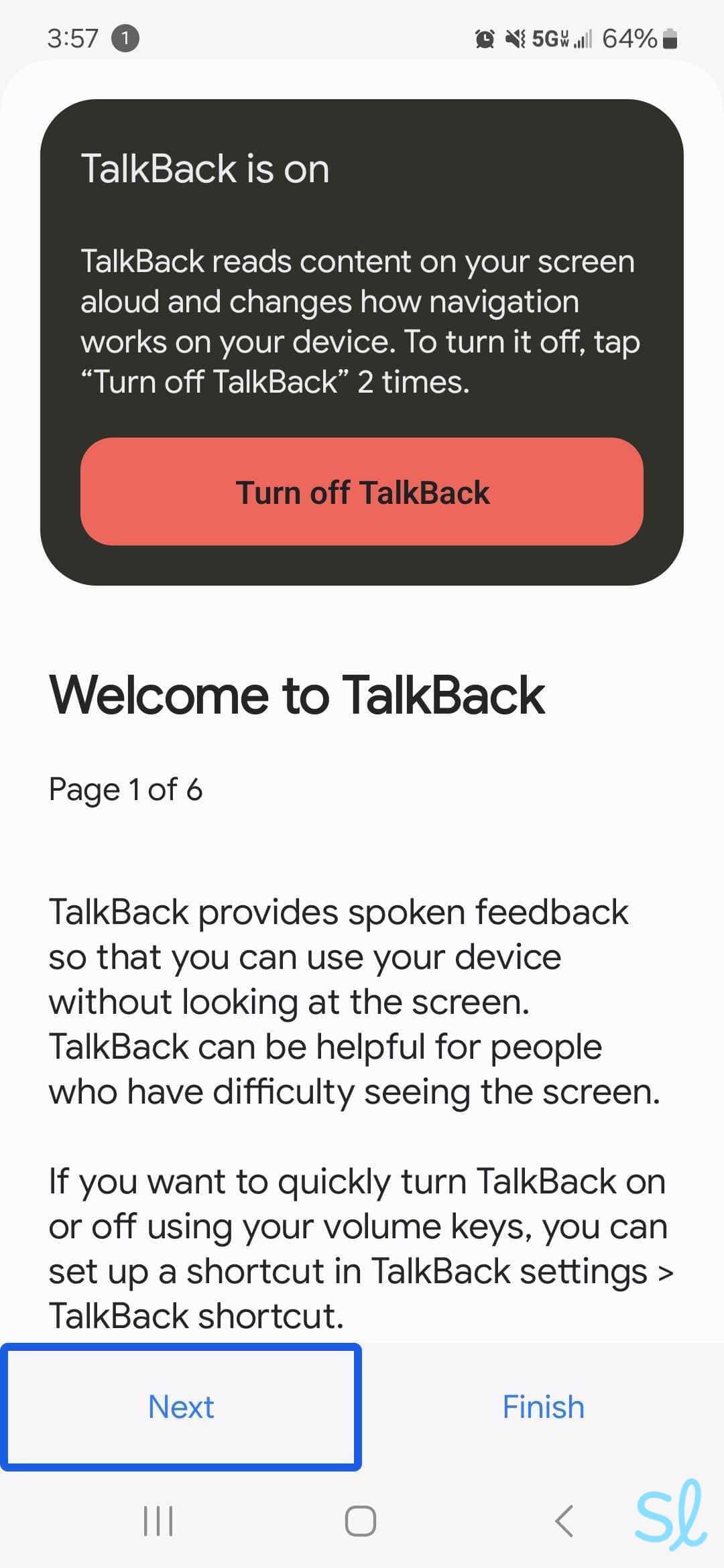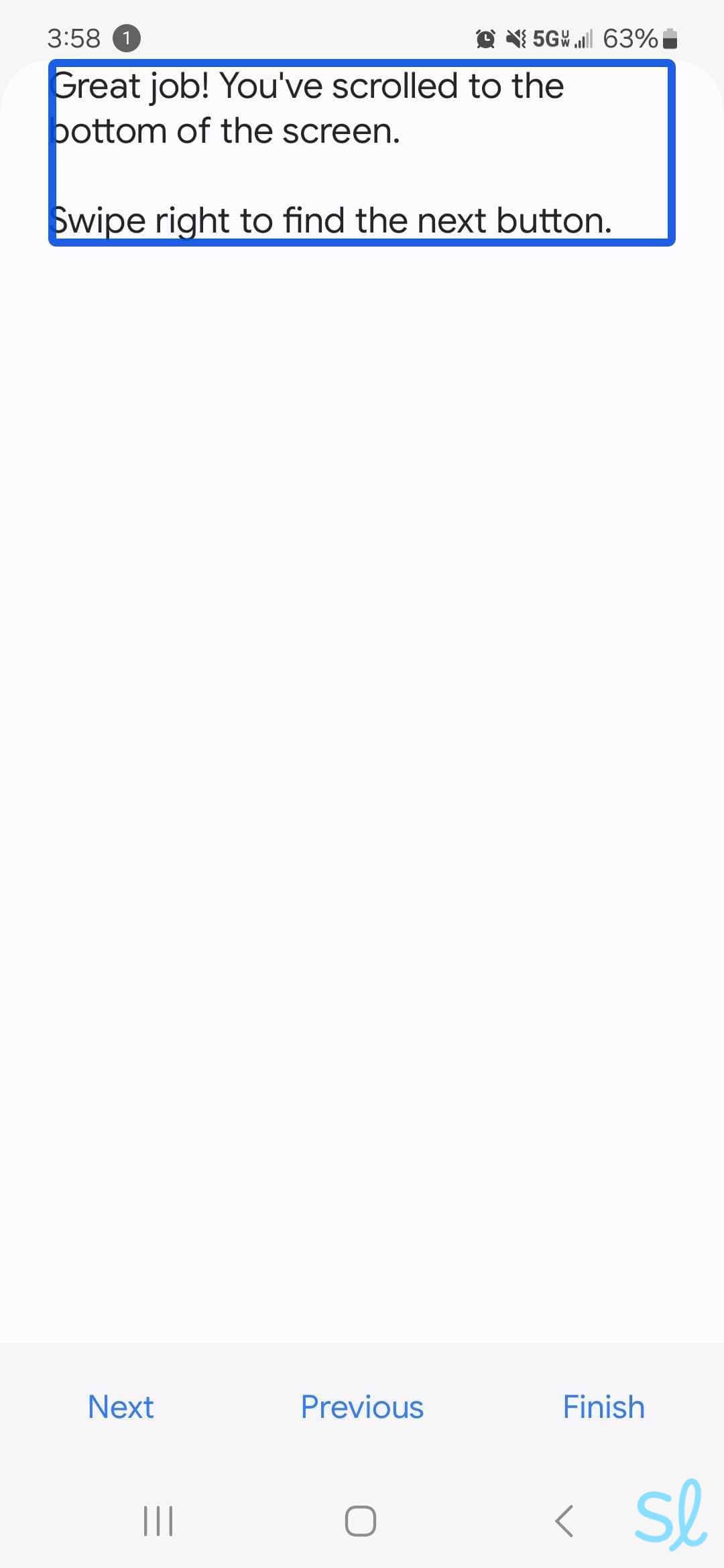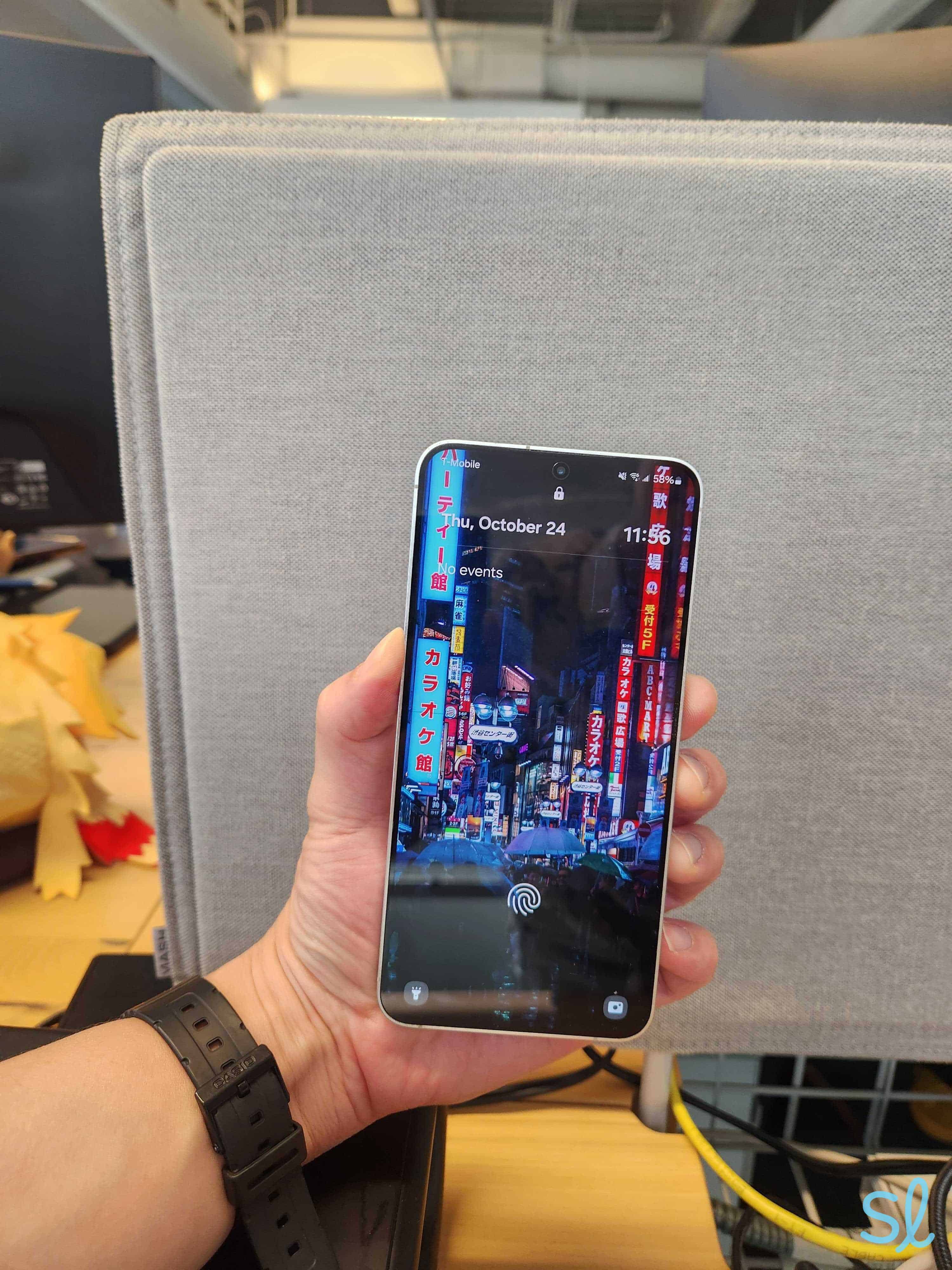The Best Cell Phones for Visually Impaired Seniors in 2025, Tested and Reviewed
The IRIS Easy Flip is our top pick for seniors with vision loss due to its large internal and external screens, as well as its oversized keypad.
After hours of hands-on testing and research, our tech experts put together a list of the best phones for those with vision loss on the market.
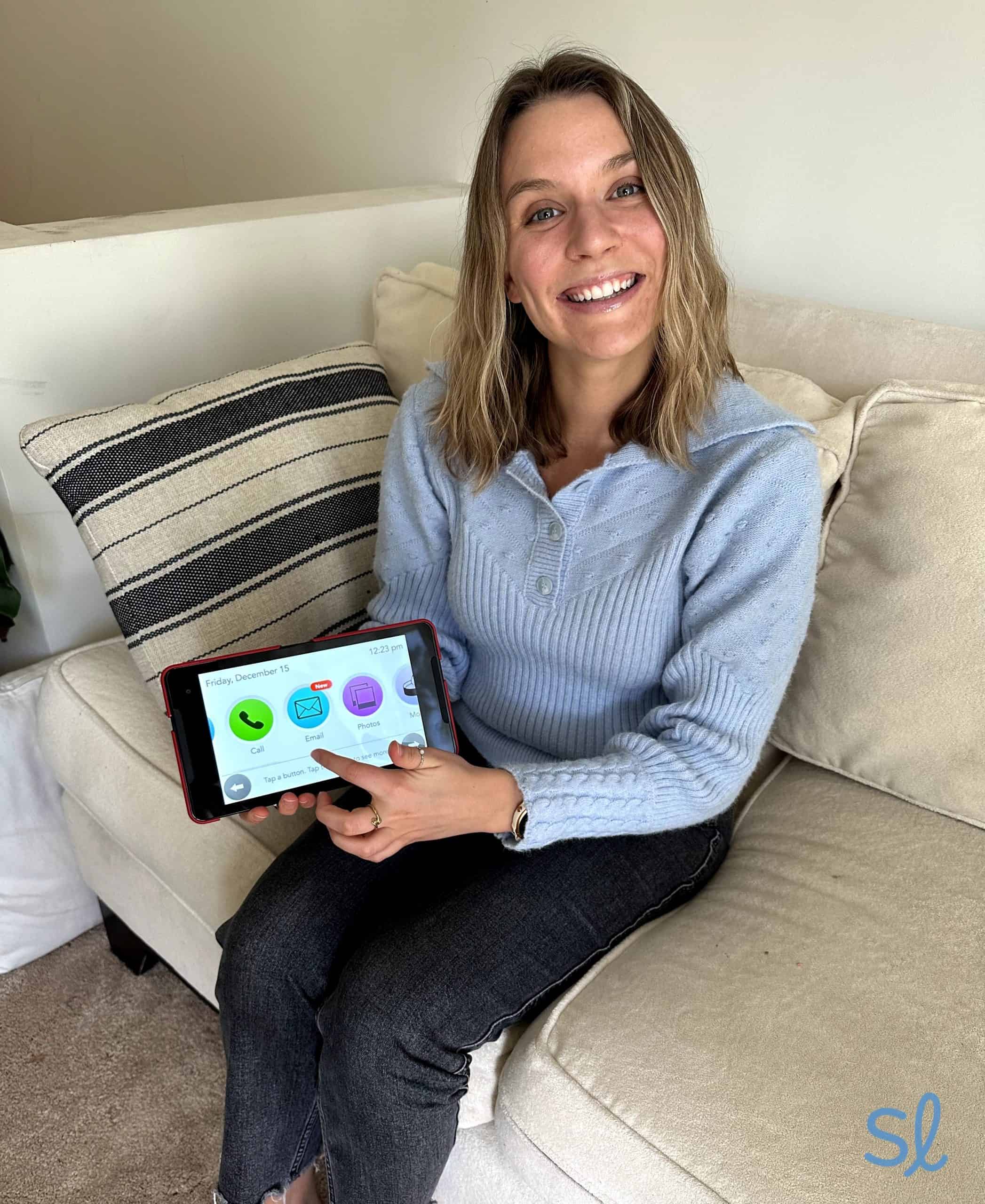
Using the GrandPad tablet from Consumer Cellular
How We Tested the Best Phones for Visually Impaired Seniors
My tech team and I spent over 100 hours researching and testing the best cell phones for blind seniors and those with vision impairments. To select our picks, we followed the same testing process for each phone:
- First, we researched the accessibility needs of people with vision impairment and the phones that are most useful to them. (This helped narrow down the list of potential phones.)
- Then, I conducted hands-on testing to see which ones lived up to the hype. I used each phone for several days to get a feel for the ins and outs.
- I took notes on my experience, evaluating everything from ease of use and accessibility features to battery life and speaker quality. My grandma also helped me test out the phones whenever possible so we could get insights from an older adult.
- Finally, my tech team, my grandma, and I all compared notes and narrowed our choices down to the top five cell phones for visually impaired seniors.
How We Chose the Best Phones for Visually Impaired Seniors
We used the criteria below to determine the best cell phones for visually impaired seniors.
- Accessibility features: Every phone on this list has features that make it more accessible to visually impaired adults. Some common accessibility features we looked for include virtual assistants, text magnification, Braille keyboards, and voice-to-text functionality.
- Price: We included cell phones for just about every budget and tried to pair each phone with mobile carriers that offer additional financing and trade-in offers.
- Ease of use: We ensured each phone wasn’t overly complicated to start using right out of the box. My grandma also helped with testing whenever possible and provided feedback on ease of use.
- Screen size: Having visual loss makes a large screen less of a convenience and more of a necessity. Each phone on this list features a large, bright screen that makes it easier to read text and see images.
- Battery life: Long battery life should be expected with any quality phone, but it is an especially important feature for seniors who may forget to charge their phones from time to time. Those few extra hours of battery life can give you more time to enjoy your phone without being near an outlet. Plus, accessibility features can use up battery life more quickly, so you’ll want a solid battery.
SeniorLiving.org is supported by commissions from providers listed on our site. Read our Editorial Guidelines
- 2.8” internal and external screens
- Internet-ready flip phone
- Unique features: Large keypad for easy typing
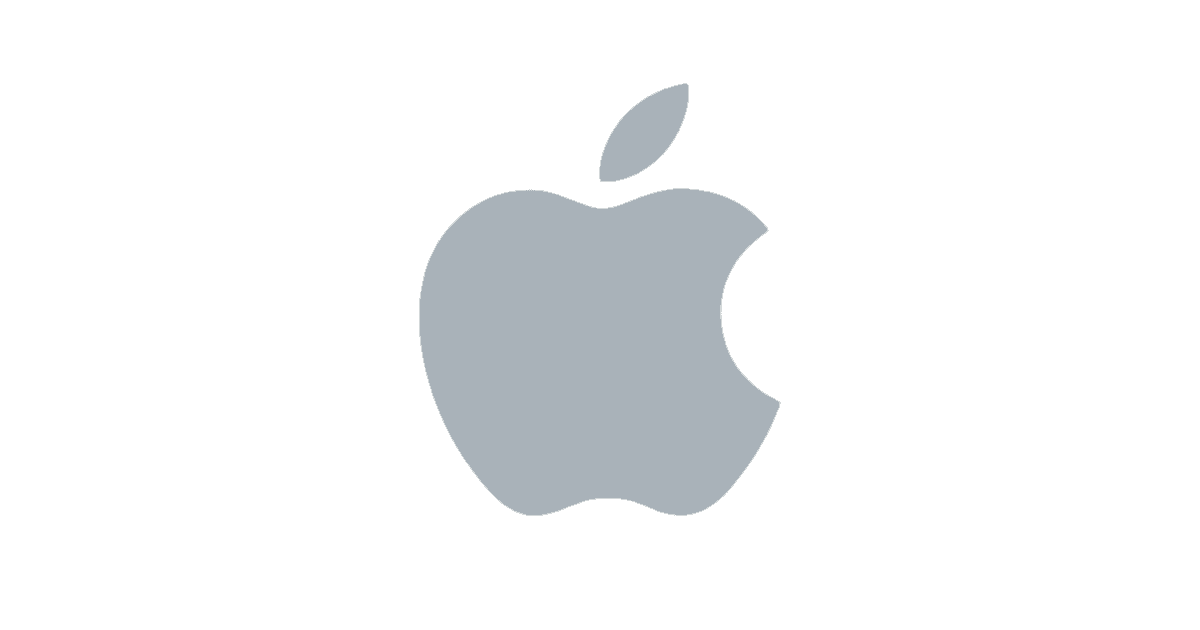
- 6.69-inch Super Retina XDR display
- Advanced smartphone
- Unique features: Dozens of ways to customize brightness, color, and accessibility features
- Ultra-wide 6.5-inch HD+ display
- Affordable smartphone
- Unique features: Built-in Braille keyboard and Google TalkBack accessibility feature
- TalkBack screen reader
- Built-in Braille keyboard
- Lookout computer vision
- Voice Assistant
- Built-in Braille keyboard
- Lookout camera identification
Contents
Vision loss doesn’t have to put a damper on cell phone use. Technology has progressed and allowed for new accessibility features, such as voice controls. As SeniorLiving.org’s senior tech expert, I’ve tested dozens of cell phones. I’ve also found that more and more older adults with low vision are tapping into this assistive tech.
To create this guide, my tech team and I tested some of the best cell phones for seniors with accessibility features. I’ll cover my experience and the key features to consider with each phone below. Since choosing the right service provider is also a high priority, I’ll review plan pricing, perks, and availability for multiple carriers. Ultimately, I chose the IRIS Easy Flip as the top cell phone for blind or visually impaired seniors, thanks to its 2.8” internal and external displays, large keypad for easy typing, and simple flip-phone design.
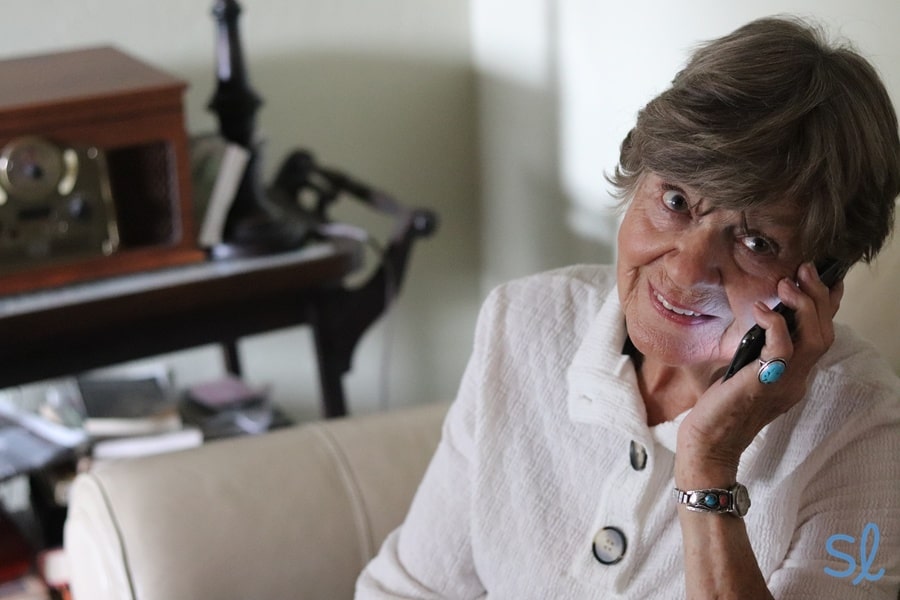
Our editor's grandma testing out an iPhone on AT&T's service
Our Top 5 Cell Phones for Blind or Visually Impaired Seniors
-
1. IRIS Easy Flip from Consumer Cellular - Best flip phone
 See Pricing Links to Consumer Cellular
See Pricing Links to Consumer CellularWhat we like most
- 2.8” internal and external screens
- Internet-ready flip phone
- Unique features: Large keypad for easy typing
 IRIS Easy Flip from Consumer CellularSee Pricing Links to Consumer CellularOverview:
IRIS Easy Flip from Consumer CellularSee Pricing Links to Consumer CellularOverview:Testing out the IRIS Easy Flip from Consumer Cellular
Consumer Cellular’s IRIS Easy Flip may not have the largest screen on this list (that honor is shared by the Apple iPhone 15 Plus and the Samsung Galaxy S24+), but it has more than enough features to help seniors with poor vision. First, it has a giant 2.8-inch screen on the outside that displays the time, cellular signal strength, battery life, charging status, and notifications. The screen is larger and brighter than the external screens on most flip phones, so it’s a great way to get some basic information without even opening the phone!
» Learn More: Consumer Cellular IRIS Easy Flip Review
Once you open the phone, you’ve got a large old-school keypad that will be familiar to anyone who has owned a flip phone in the last three decades. The internal screen is also 2.8 inches, which is small compared to all of the smartphones on this list. However, we found it big enough to read and navigate menus with ease. The IRIS Easy Flip has an internet browser that can be used via cellular data or a WiFi connection, and it’s also Bluetooth-ready, putting it far ahead of many simpler flip phones.
Pros & Cons:Pros About IRIS Easy Flip from Consumer Cellular
- 2.8” internal and external screens
- Large, easy-to-use keypad and buttons
- Built-in voice commands
- Internet ready
- WiFi and Bluetooth connectivity
- 3.5mm headphone jack
Cons About IRIS Easy Flip from Consumer Cellular
- Low-resolution 5 MP camera
- No 5G compatibility
- 8 GB of built-in storage can be used up quickly
- No emergency response features
Our Hands-on Experience:Accessibility Features
The IRIS Easy Flip doesn’t boast the same advanced accessibility features as the iPhone 15 Plus, but it’s still highly accessible. The flip phone design will be familiar to most seniors, and we found the menu easy to read and navigate. The phone has M4/T4 hearing aid compatibility for those with hearing loss, which means it will work with most hearing aids on the market.
Pro Tip: Our cell phone buyer’s guide has everything you need to know before purchasing a new phone, including how to get the best deal with top cell phone providers.
One thing to consider is that the Consumer Cellular IRIS Easy Flip is not the best phone for seniors who like to use the internet frequently. It has 4G LTE service and WiFi connectivity, but navigating the phone’s basic browser with just the keypad took some getting used to. Comparatively, using a smartphone like the Google Pixel 9a or Motorola G Play offers a much more fluid, responsive experience.
Like most modern phones, the IRIS Easy Flip also has built-in vibration that lets you know if you’re getting a call or text. It even vibrates when you plug in the charger, which I personally appreciate, as it lets me know that the charger is working correctly.
Charging the IRIS Easy Flip
Screen Size and Brightness
Even though the Consumer Cellular IRIS Easy Flip screen is substantially smaller than every other phone on this list, it was still easy to see. The external screen also looks particularly large, which makes it easy to quickly check the time or make sure you have a signal.
» Compare Providers: Consumer Cellular vs. AT&T
Both the internal and external screens are 2.8 inches, and the screen brightness for the internal screen can be adjusted from the menu. Even at moderate brightness, I found it easy to read average-sized text without needing to hold the phone close to my face.
Pricing
Consumer Cellular’s prices for the IRIS Easy Flip are extremely affordable. You can get this phone for $59 directly from Consumer Cellular or, if you choose to finance it, just $2 per month with an $11 payment on the date of purchase. This could potentially save you hundreds of dollars compared to other phones on this list, even the relatively affordable Motorola G Play ($129.99), as well as the much more advanced Google Pixel 9a ($499.99) or iPhone 15 Plus ($829.99).
» Also Check Out: 2025 Consumer Cellular cell review
-
2. Apple iPhone 15 Plus from T-Mobile - Best Apple smartphone
What we like most
- 6.69-inch Super Retina XDR display
- Advanced smartphone
- Unique features: Dozens of ways to customize brightness, color, and accessibility features
Overview:Using the iPhone 15 Plus
The Apple iPhone 15 Plus earned our pick for the best Apple smartphone for visually impaired seniors. For an advanced smartphone, the user interface is straightforward. I found that setting up (and using) the iPhone was a stress-free experience, similar to Apple’s other models. The 15 Plus’ crystal-clear 6.7-inch Super Retina XDR display, accessibility features, and integration with other Apple products make it a great choice for both newbie and tech-savvy smartphone users.
» You Might Like: The best iPhones for seniors
Apple certainly has its finger on the pulse of individuals with vision loss. I found that the company has an impressive number of resources, including accessibility support communities, AppleVis (an online resource for blind and low-vision Apple users), and technical help dedicated to accessibility assistance. Apple guides users through customizing accessibility features based on their individual needs. Talk about top-notch customer service and support!
Pros & Cons:Pros About Apple iPhone 15 Plus from T-Mobile
- VoiceOver screen reader and Speak Screen
- Large, 6.7-inch screen
- Display and text size adjustment
- Magnifier and zoom
- Sensory alerts
- Dictation text entry
- Contrast and color customization
- Built-in Braille keyboard
Cons About Apple iPhone 15 Plus from T-Mobile
- No headphone jack
- More expensive than the competition
Our Hands-on Experience:Accessibility Features
It’s hard to compete with Apple when it comes to accessibility features. In addition to a plethora of features for hearing-impaired adults, the iPhone 15 Plus offers many accessibility features for people with vision loss. I tested them out and found that they are easy to enable or disable right from the settings menu.
» Useful Resource: Best cell phones for seniors with hearing loss
First, my grandma and I tried out the VoiceOver and Spoken Content screen readers. We were blown away by how well they worked. While my grandma doesn’t have significant vision loss, she does struggle to read smaller text on smartphone screens. With VoiceOver, every menu item she selected was spoken out loud through the iPhone’s speaker. There were also many additional accessibility settings to manage within VoiceOver. We could speed up or slow down the speech, change the pitch and style of the voice, customize pronunciation, enable image descriptions, and add multilingual speech.
Adjusting the iPhone's VoiceOver settings
Spoken Content worked similarly to VoiceOver but for general text content like articles or messages. I just had to enable the feature in the settings menu and select the text I wanted to hear. If I wanted to hear everything written on the screen, I swiped down from the top of the screen with two fingers. After a few tries, my grandma used Spoken Content with ease.
Using the iPhone's Spoken Content feature on SeniorLiving.org
The VoiceOver and Spoken Content features offered enough on their own to justify the iPhone 15 Plus’s price and make it one of the best smartphones for seniors with vision loss. But the features didn’t stop there. I could also enable a built-in Braille keyboard, automatic audio descriptions, increase the size of text, and zoom in on particular parts of the screen. We found all of these features very helpful and easy to use with a little practice.
» Plans For Couples: Best 2-line cell phone plans for seniors
Screen Size and Brightness
The Apple iPhone 15 Plus boasts a 6.7-inch Super Retina XDR display. Not only does it have a big screen with larger icons and imagery, but it’s also extremely clear and bright. The screen gets up to 820 nits (unit of brightness), which is roughly 64 percent brighter than the 500 nits of the Google Pixel 7a. My grandma and I found the colors were vibrant and the brightness was more than sufficient. Even when using the phone in direct sunlight, we experienced minimal glare.
Inside Tip: Do you have low vision and hearing loss? Apple works with top hearing aid manufacturers to create what it calls “Made for iPhone,” or MFi, hearing aids. This makes pairing your hearing aids with an iPhone oh so simple!
Pricing
The biggest drawback to buying an iPhone is often the price. The Apple iPhone 15 Plus retails for $829.99 (Note: Apple’s retail price for this phone is $799.99, but cell phone carriers often sell it at a slightly higher price.), making it almost $700 more expensive than the Motorola G Play.
» Related Reading: AT&T cell phone plans for seniors 2025
This may be outside your budget. But, if you get your iPhone 15 Plus through T-Mobile, you can finance it for $34.59 per month for 24 months. Taking advantage of T-Mobile’s deals can help reduce the up-front cost. Plus, T-Mobile has a variety of competitively priced plans to choose from. The cheapest prepaid plan starts at just $40 per month, while no-contract unlimited plans start at $50 per month for one line.
» Also Check Out: Best senior unlimited cell phone plans
-
3. Motorola G Play from Mint Mobile - Best value
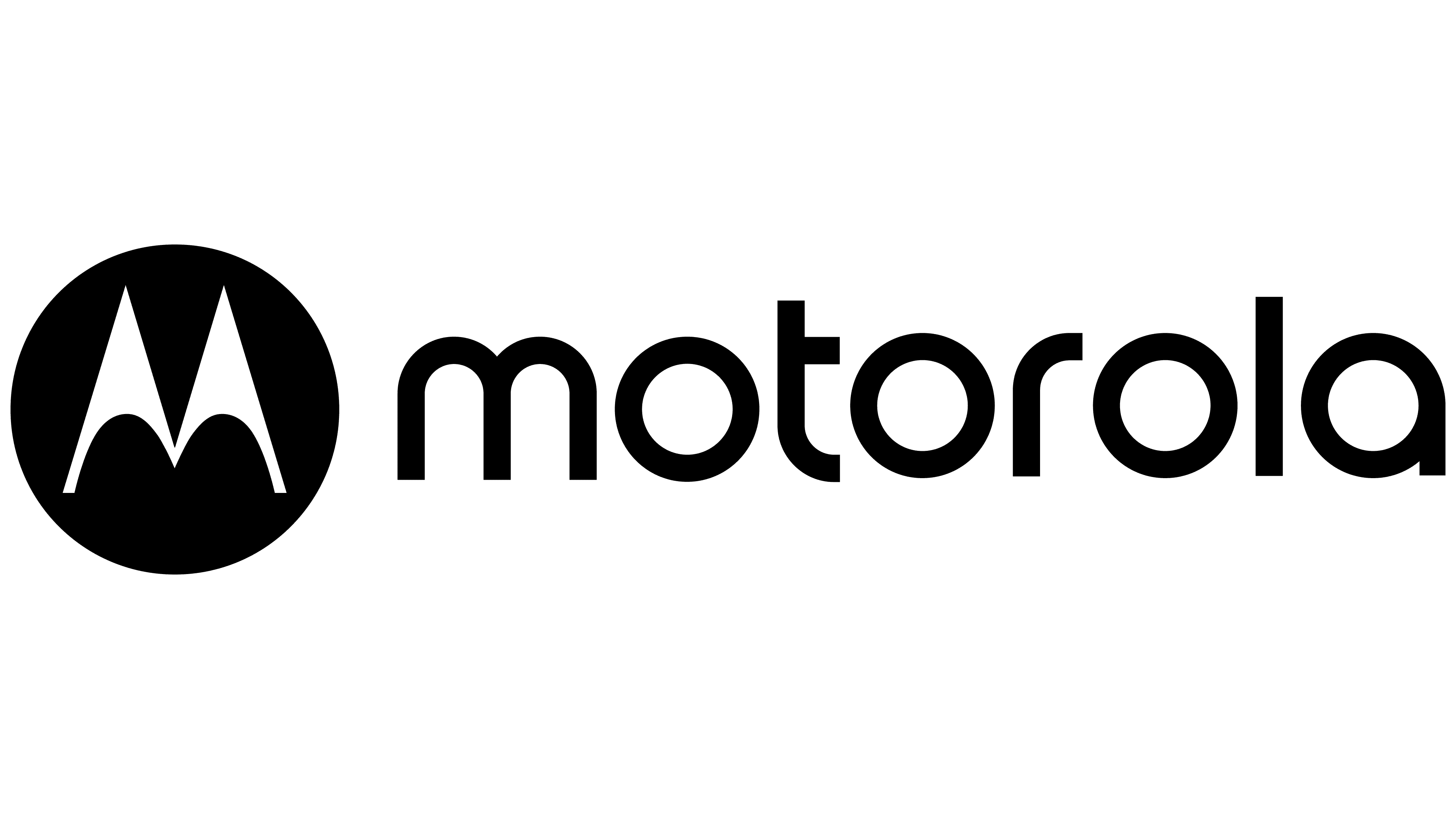 See Pricing Links to Mint Mobile
See Pricing Links to Mint MobileWhat we like most
- Ultra-wide 6.5-inch HD+ display
- Affordable smartphone
- Unique features: Built-in Braille keyboard and Google TalkBack accessibility feature
 Motorola G Play from Mint MobileSee Pricing Links to Mint MobileOverview:
Motorola G Play from Mint MobileSee Pricing Links to Mint MobileOverview:Motorola G Play
The Motorola G Play from Mint Mobile offers excellent value. This smartphone is just $129, making it the least expensive phone on our list. It’s a solid choice for older adults looking for accessibility features without breaking the bank. Don’t want to be locked into a cell phone contract? You’re in luck. The Motorola G Play is unlocked and can be set up with a plan from any major carrier.
» You Might Like: Best unlocked phones for seniors
During testing, I found that the ultra-wide 6.5-inch HD+ screen was easy on the eyes. It made reading texts, sending emails, and video chatting a breeze. I was impressed with the Motorola G Play’s intuitive design and built-in accessibility assistance. This Android phone comes with Google TalkBack, an accessibility feature with voice control and audio descriptions. Speaking of power, the Motorola G Play’s battery can go up to three days on a single charge! As someone who always forgets to plug in my phone, I’m a big fan of this long battery life.
One major drawback to the Motorola G Play is that it’s very slow. When I tapped an app or moved to a different screen, the phone’s response was sluggish and I often experienced lag. This was frustrating to me, as I’m used to the fast speeds of my iPhone. Still, if you’re looking for a cheap phone and you’re more patient than me, it’s worth considering.
Pros & Cons:Pros About Motorola G Play from Mint Mobile
- Google TalkBack
- Screen magnification
- Brightly backlit displays and high-contrast
- Voice dialing
- Keypad depression feedback (haptics for touch screen)
- Built-in Braille keyboard
Cons About Motorola G Play from Mint Mobile
- No traditional headphone jack
- Sound quality could be improved
- Slow response times
Our Hands-on Experience:Accessibility Features
The Motorola G Play is a pretty basic smartphone, but it offers a surprisingly robust array of accessibility features. My personal favorite is Google TalkBack. When I had this feature enabled, my phone automatically highlighted different interactive items on the screen so that they were easier to see. It also provided audio that told me exactly what was on screen. This visual and audio system made it easier to use the Motorola G Play, even if you have limited experience with Android phones.
Using the Galaxy S24+'s TalkBack feature
The Motorola G Play has a built-in Braille keyboard. It offers a six-finger system so that people with little or no vision can type using Braille directly on their phones. This is a major step forward for Android phones and a feature that is surprising to see on such an affordable device.
» Related Reading: Best Android phones for seniors
While I didn’t need to use the Braille keyboard, I benefited from the magnification feature. It made it much easier to zoom in on anything. I used it to see images more closely and read fine print on web pages. I found the feature intuitive and a perfect fit for people with minor to moderate vision loss.
Screen Size and Brightness
The 6.5-inch screen on the Motorola G Play is a little bit smaller than the iPhone 15 Plus, but I didn’t notice a major difference. If anything, the smaller size made the Motorola G Play a little more comfortable to hold without taking away from the accessibility features. With a maximum of 442 nits, the Motorola G Play offers decent brightness, but it doesn’t perform as well in direct sunlight or similarly bright settings.
I struggled with glare when I tried to use the phone outside, so this phone might be better for seniors who mostly use the phone at home or in other controlled lighting environments. Moreover, it has a screen resolution of 1480 x 720, which means that the image quality is not quite as clear as it is on the Samsung Galaxy S24+. That said, I felt the screen brightness and overall image quality were more than sufficient for normal lighting environments.
Pricing
The Motorola G Play retails for $129, making it the most budget-friendly phone on this list. When you purchase the Motorola G Play through Mint Mobile, you can pair it with the Mint 55+ plan that starts at just $15 per month. If you’re looking for a smartphone with accessibility features that won’t cost a fortune, the Motorola G Play from Mint Mobile is a great choice.
» Dive Deeper: Mint Mobile review
While Mint Mobile doesn’t offer trade-in deals on phones, there are still ways to reduce the cost. You can save $50 by choosing a 12-month plan. Additionally, you can get zero-interest financing via a third-party app (Affirm) and pay as little as $11 per month for your Motorola G Play.
-
4. Google Pixel 9a from Verizon - Best technology
See Pricing Links to VerizonWhat we like most
- TalkBack screen reader
- Built-in Braille keyboard
- Lookout computer vision
Google Pixel 9a from VerizonSee Pricing Links to VerizonOverview:Google Pixel 7a
I awarded the Google Pixel 9a the best technology accolade for good reason. The Pixel 9a’s Gemini virtual assistant, screen reader, and adjustable font size make this phone excellent for visually impaired seniors. In an emergency, such as a fall, the Pixel can call for help automatically, record a video, or share your location. Those with low vision are twice as likely to experience a fall, so I’m a big fan of these emergency features. 2
» Fall Prevention Resource: A 2025 guide to medical alert systems
The Google Pixel 9a can also detect if you may have been in a car accident and call for help if you’re unable to respond.3 Those with vision loss are at a much higher risk of getting in a car accident, so this feature is essential.4 If you’re experiencing new or worsening vision loss, make sure to consult with your doctor before driving.
I found that the full-screen 6.3-inch FHD+ smooth display was large and minimized constant scrolling. Accidental cell phone drops happen to everyone (including me), so I’m a huge fan of the Pixel 7a’s scratch-resistant Corning Gorilla Glass. You also don’t have to worry about constantly charging your battery with this smartphone. It has a 30-hour-plus battery life that I could extend up to 100 hours by using “Extreme Battery Saver” mode.
Pros & Cons:Pros About Google Pixel 9a from Verizon
- TalkBack screen reader
- Adjustable display and font size
- Magnification mode
- Contrast and color options
- Select to Speak and Voice Access
- Lookout computer vision
- Built-in Braille keyboard
Cons About Google Pixel 9a from Verizon
- Limited storage
- Will not pair with Apple products
Our Hands-on Experience:Accessibility Features
Like the Motorola G Play, the Google Pixel 9a comes with Google TalkBack. I used this feature to highlight interactive elements and get audio descriptions of my screen at the same time. The Google Pixel 9a also comes with similar magnification features, which makes it easier to read small text. Even if I didn’t want to use the magnifier, I could easily adjust font sizes and my display to make every element on the screen easier to see.
Using TalkBack to get audio descriptions
Select to Speak works a lot like Google TalkBack, which I loved. I just swiped two fingers up from the bottom of the screen and selected individual items on the screen to get audio descriptions. With Voice Access enabled, I could use voice commands to open apps, make calls, send text messages, and more. This was my favorite feature by far, as it felt more intuitive on the Google Pixel 9a’s fast operating system than on the Samsung Galaxy S24+.
Screen Size and Brightness
One of the biggest drawbacks of the Google Pixel 9a is the screen size. While it’s certainly not as small as a smartphone like the iPhone SE (4.7 inches), the 6.3-inch screen is smaller than any other phone on this list. Fortunately, I still felt that the screen was large enough to read text and watch videos without any issues. It’s also easy to forgive the size of the screen because it offers up to 2,700 nits of brightness and a fantastic 2424 x 1080 resolution. Despite some minor glare issues in brighter environments, the image quality on the Google Pixel 9a always looked superb.
Pricing
The Google Pixel 9a retails for $499.99, which puts it in the territory of a “mid-range” smartphone. Though this is certainly more expensive than the Motorola G Play, it costs far less than the iPhone 15 Plus or the Samsung Galaxy S24+ ($999.99).
» You Might Also Like: Best free phones for seniors
You can even snag unlimited talk, text, and data with a Verizon 55+ Unlimited plan. Verizon is one of the largest wireless carriers, and it offers reliable network coverage. From my experience, Verizon offers service where many other carriers like AT&T don’t, especially in rural areas. You can learn more in our Verizon senior cell phone plan review.
-
5. Samsung Galaxy S24+ from AT&T - Best voice commands
See Pricing Links to AT&TWhat we like most
- Voice Assistant
- Built-in Braille keyboard
- Lookout camera identification
Samsung Galaxy S24+ from AT&TSee Pricing Links to AT&TOverview:Testing out the Samsung Galaxy s24+
The Samsung Galaxy S24+ from AT&T is an excellent choice for tech-savvy older adults with vision impairment who don’t mind splurging on a high-end smartphone. This Android device provides accessibility features and voice commands to help users with limited vision make the most out of their phone (just like the Motorola G Play).
Samsung’s Voice Assistant can act as your eyes when you’re using your phone. For example, it described what I touched, selected, and activated. I used the TalkBack screen reader to hear notifications, check my battery life, and receive texts. With lightning-fast charging (wireless and plug-in) and a large 6.7-inch infinity display screen, the Samsung Galaxy S24+ doesn’t disappoint.
Pros & Cons:Pros About Samsung Galaxy S24+ from AT&T
- Voice Assistant
- Google TalkBack
- Text and icon magnification
- Color contrast correction
- Lookout camera identification
- Built-in Braille keyboard
Cons About Samsung Galaxy S24+ from AT&T
- Pretty expensive
- Lacking internal storage space
- No traditional headphone jack
Our Hands-on Experience:Accessibility Features
As a high-end smartphone, you can expect a lot of extra perks that double as accessibility features for those with vision loss. I enjoyed using the built-in voice assistant to help with internet searches, general questions, and phone navigation. It also made it easier for my grandma, who didn’t feel as comfortable using the Samsung Galaxy’s system as she did using the iPhone 15 Plus or the Google Pixel 9a. Like the Motorola G Play, the Samsung Galaxy S24+ comes with Google TalkBack, which is one of the best all-around features for seniors with vision loss. And like the Google Pixel 9a and iPhone 15 Plus, the Samsung Galaxy 24+ comes with a built-in Braille keyboard.
The coolest feature my grandma and I discovered was the lookout camera identification. Using the phone’s camera, we could point the phone at different text, images, or objects. The phone used AI tech to help us identify what the phone was seeing. This could be extremely beneficial to seniors who want a second set of eyes to help identify things around them.
Screen Size and Brightness
At 6.7 inches, the Samsung Galaxy S24+’s screen is the same size as the iPhone 15 Plus. This means the phone can be a little bit bulky, but it has a large screen that is easy on the eyes. The Samsung Galaxy S24+ also has some of the best brightness specs of any phone on this list. Similar to the Google Pixel 9a, the screen offers 2,400 nits, which means you can crank up the brightness. I noticed a huge difference between the maximum brightness on the Galaxy S24+ and every other phone I tested. It was much easier to use in direct sunlight without glare, especially with excellent 2340 x 1080 resolution.
Pricing
The Samsung Galaxy S24+ costs $999.99. Needless to say, it’s still a lot to pay for a phone. If you get the phone through AT&T, you can get zero-interest financing for as little as $27.78 per month for 36 months (in addition to the cost of an AT&T plan). Fortunately, AT&T plans and pricing are competitive, with customer discounts and perks.
I’ve personally been an AT&T customer for years. I can attest that AT&T has affordable plans and perks, a wide variety of cell phone models, and a smooth buying experience. AT&T also offers an unlimited 55+ plan, which is fairly affordable, starting at $40 per month for one line.
The Challenges of Using Phones With Vision Loss
If you don’t have vision loss, it’s hard to understand exactly how much your daily routine changes. Daily tasks like using a phone can become very frustrating, as it’s hard to see things clearly. It’s important to find a phone with the right accessibility features to meet your unique needs.
If you or a loved one have vision loss, here are just a few challenges you can expect when using a phone:
- Minimal tactile feedback: Swiping or pressing on a touch screen often provides little or no tactile feedback unless the phone has special settings enabled. This can make it difficult to know if your touch gestures are doing what you want them to do.
- Small icons and text: Whether you’re using a flip phone or a touch screen smartphone, small text is a reality that we all have to deal with. Having vision issues can make it nearly impossible to read small text without some kind of assistive magnification.
- Multitiered menus: Complex interfaces and multi-tiered menus are much harder to navigate when you have vision issues. Many modern phones have interfaces that are simply not designed to be easy to use for people with vision loss.
- Battery life consumption: Even if your phone has accessibility features like screen readers or automatic contrast correction, you’ll have to deal with the increased pressure it puts on your battery. Accessibility features tend to use a lot of energy, which means you’ll need to charge your phone more often.
A phone with the right accessibility features, like the ones we’ve covered in this article, can help alleviate those challenges.
A Guide to Choosing a Cell Phone for Visually Impaired Seniors
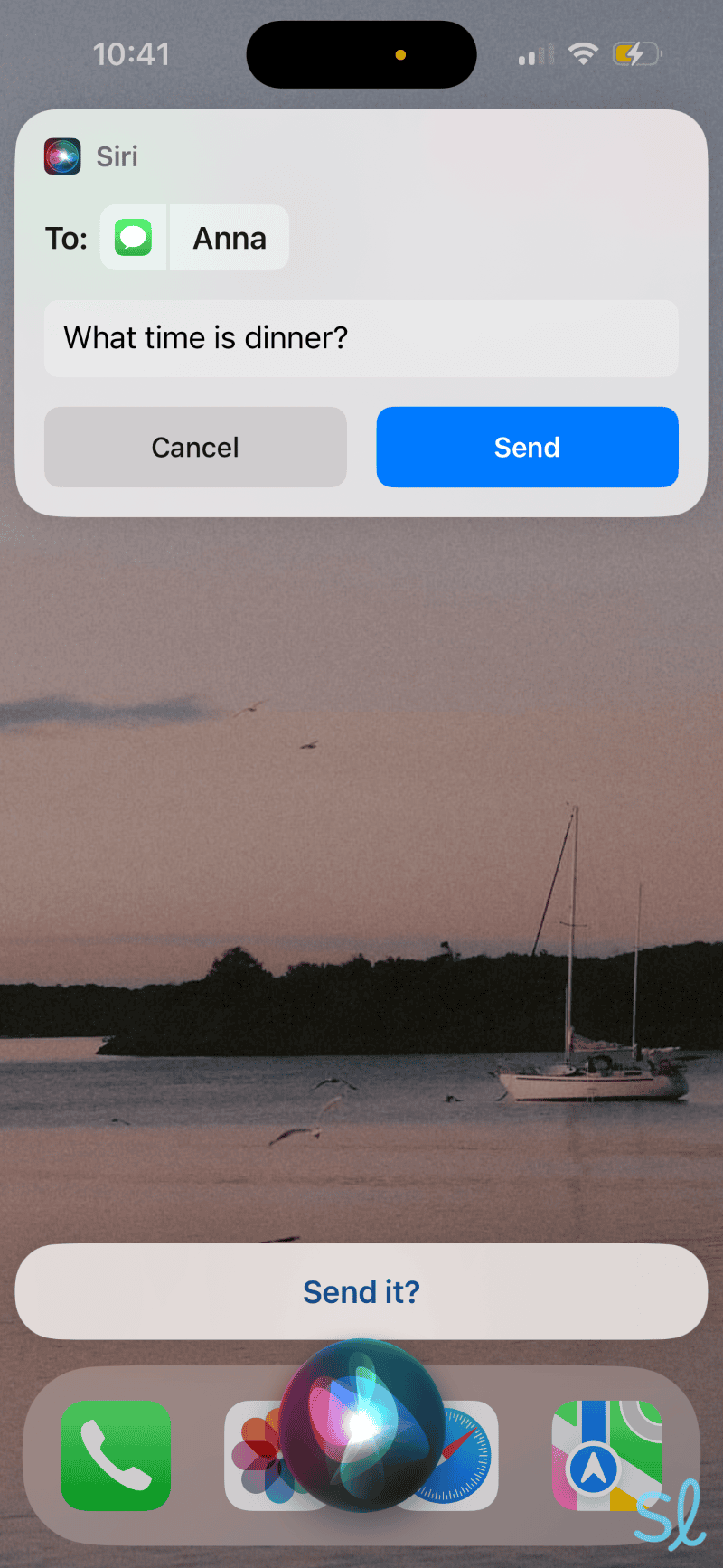
iPhones offer many features that are excellent for those with vision loss, including Siri, a voice assistant that can help you navigate your phone and compose texts.
Now that I’ve covered the best cell phone models (and carriers) for visually impaired older adults, let’s dive into accessibility features. Since everyone’s vision limitations and needs are unique, we’ve compiled the top accessibility options to consider to optimize your cell phone experience.
- Screen reader: Users hear what is on their smartphone screen through an intuitive screen reader. The synthesized voice reads the content and any elements found on the screen.
- Voice to text: There’s no need to contend with a hard-to-see keyboard. Send a text, make a call, or write a note through voice commands instead of typing.
- Audible alerts: Audio alerts for missed calls, text messages, and low battery help reduce difficult-to-view on-screen notifications.
- Backlit keypad: Bright, backlit buttons make it easier to see in an environment with dim lighting. Backlit buttons can be found on some of the best flip phones and brick-style cell phones.
- Built-in accessibility features: Preloaded accessibility features such as screen contrast, text size, and magnification help streamline the setup process so users can focus on getting comfortable with their phones.
- Big buttons: Large tactile buttons help users navigate their cell phones without the frustration of pushing the wrong keys when making calls or sending texts. Check out our list of the best big-button cell phones for more details.
- Audio descriptions: Video streaming may be a struggle for those with vision impairments. Audio description provides a narration of the video’s key visual elements.
- Emergency SOS or integrated help service: Cell phones with health and safety features add an extra level of protection for older adults with low vision. For example, Lively’s Jitterbug Flip2 with 24/7 emergency response received high marks in our Jitterbug cell phone review.
- Large screen: Cell phones with a generous screen size provide visually impaired seniors with a larger viewing area when browsing and making video calls.
- Vision aid app capability: In addition to built-in accessibility features, there is a wide range of downloadable apps (including text and facial recognition) to assist people with visual impairment.
Quick Tip: Think about the type of phone you’ll be most comfortable using. Even the best smartphones for seniors will fall short if you’d prefer a no-frills, easy-to-use cell phone.
More Cell Phone Resources for Seniors
If you’re looking for a certain type of cell phone or just want to compare all the options, check out our resources below. We’ve tested cell phones for a variety of different needs:
Frequently Asked Questions About Cell Phones for Visually Impaired Seniors
-
Are there cell phone apps for people with poor vision?
There are a wealth of resources and apps for the visually impaired or blind. Our in-depth smartphone accessibility guide includes details on real-time apps for scene description, objects, and faces.
-
Which cell phones have a built-in Braille keyboard?
Android and Apple smartphones include an on-screen Braille keyboard so you can type Braille directly onto your phone. Both offer Grade One (six dots) and Grade Two (contracted) Braille keyboards.
-
Can a cell phone help visually impaired seniors live independently?
Individuals with low vision or blindness are at risk of injury in the home, especially from dangerous falls. Help is just a button push away with health and safety plans providing 24/7 protection.
-
Are there free cell phones for blind people?
If you or your loved one is a low-income individual with significant vision and hearing loss, the Federal Communications Commission’s National Deaf-Blind Equipment Distribution Program (NDBEDP), also known as iCanConnect, may be an option. iCanConnect provides equipment including mobile devices and accessories to make telecommunications
-
NIH. (2022). Visual impairment and falls among older adults and elderly: evidence from longitudinal study of ageing in India.
-
Google. (2025). Pixel Phones, the Only Smartphones Engineered by Google.
-
AAO. (2023). How Much Vision Loss is Too Much When it Comes to Driving?.
-
iCanConnect. (2025). Equipment and Technology.

